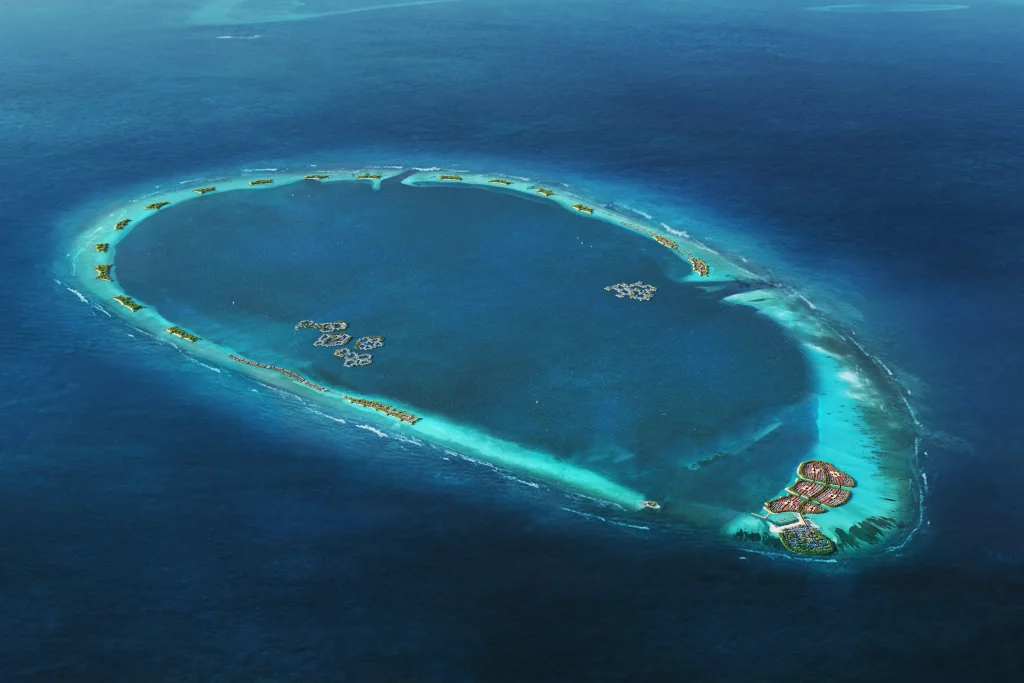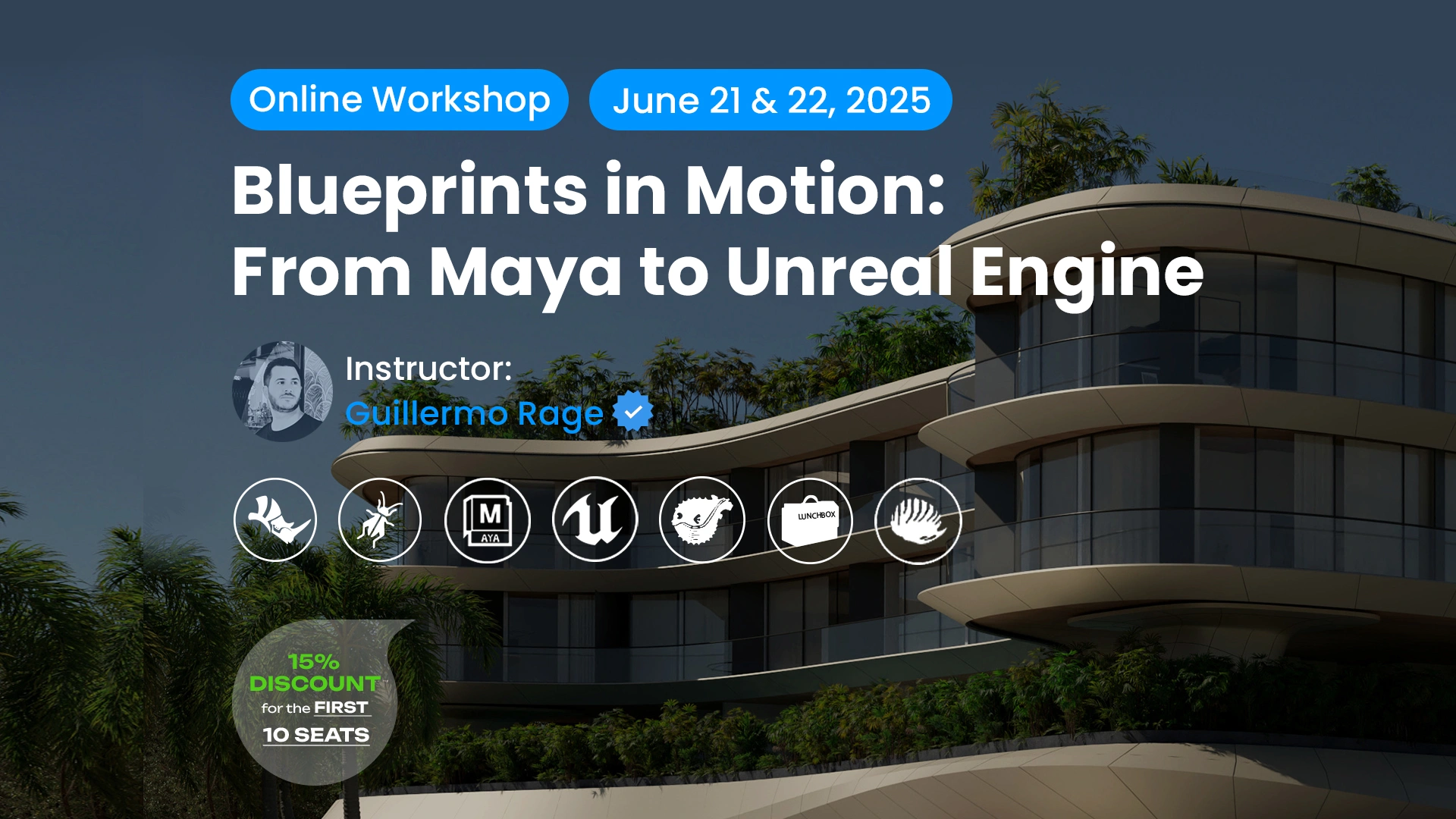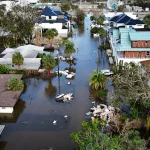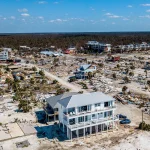Foster + Partners, in collaboration with the Maldives Fund Management Corporation, has designed a holistic masterplan for the Gaafaru Island within the Kaafu Atoll based on six key principles that could enable the island’s sustainability and resilience in the future.
Like most of the Maldives, Gaafaru is under considerable threat given the effects of global climate change. Its rising sea is so extreme it could submerge half of the island in possibly the next century. Influx of pollutants and rise in sea temperatures further damage the rich marine biodiversity around this island, making it a serious environmental concern.
Promoting Social Equity
This masterplan also considers other pressing social and economic concerns facing the island. On one hand, social disparities have resulted from the inequalities between local people and guests; on the other hand, heavy dependence on tourism, and importation of energy, food, and goods has contributed to the vulnerability of the Maldives. It is with these considerations in mind that a balanced approach-one which will protect the environment while addressing the parallel social and economic concerns-is sought in this plan.
Luke Fox, Head of Studio, Foster + Partners, said: “Climate change and the resulting rising sea levels have brought the existential struggles of communities in archipelagos around the world into sharp focus. Future sustainable developments on island habitats – such as Gaafaru – must embrace ideals of resilience and harmony with nature, offering a forward-looking approach that serves the futures of its inhabitants.”
Addressing Climate Change and Rising Sea Levels
Tony Miki, Partner, Foster + Partners, said: “A significant part of this project has been about identifying and understanding the various challenges – and then working out how to tackle them in the most holistic way possible. Our masterplan seeks to embed resilience into the built fabric for the next one-hundred years, providing ecological protection, social equity, and preserving Maldivian cultural heritage.”
The masterplan responds to rising sea levels with strategies for adaptation and mitigation of extreme environmental conditions, while emphasizing the necessity for a decrease in dredging and land reclamation practices that have been harmful to local ecologies. It is an increasingly important core to the protection and nurturing of the island’s unique ecology, preserving its biodiversity for future generations.






















Leave a comment